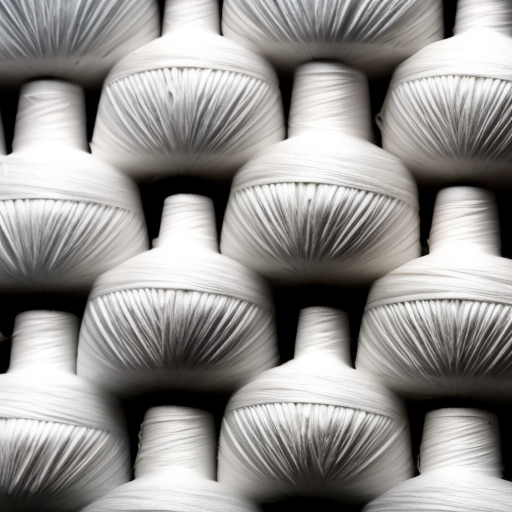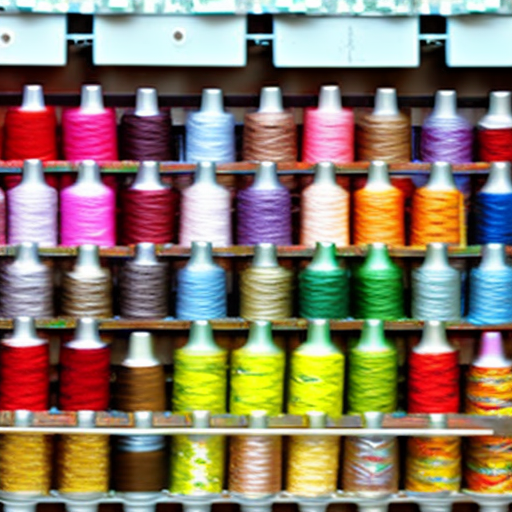

The history of sewing thread is as old as the craft of sewing itself. From ancient times to modern days, thread has played an integral role in sewing and textile production.
The earliest evidence of thread usage dates back to prehistoric times when our ancestors used it to sew together animal hides for clothing and shelter. They would take natural fibers, such as flax, cotton, or silk, and spin them into long, thin threads, which were then used with a needle made of bone, wood, or thorns.
Over the centuries, advancements in spinning techniques allowed for the production of finer and stronger threads. In ancient Egypt, spinning wheels were invented, revolutionizing thread production. Egyptians used plant fibers like flax and papyrus to create high-quality threads that were further enriched with colorful dyes.
“Without the invention of sewing thread, our ability to create intricate garments and fabrics would be severely limited.”
In ancient China, silk threads became highly valued for their exceptional strength and lustrous appearance. Chinese artisans were known for their silk embroidery, creating exquisite patterns that adorned clothing and tapestries.
During the Middle Ages, Europe saw the rise of the textile industry, with various regions becoming renowned for their thread production. England, for instance, developed a booming wool industry, producing high-quality wool threads for sewing and weaving. As trade routes expanded, exotic threads like cotton from India and silk from the Middle East became available to European markets.
“The availability of diverse threads introduced new possibilities and techniques, fostering creativity and innovation in the world of sewing.”
In the 18th century, the Industrial Revolution brought mechanization to thread manufacturing. The invention of the spinning jenny and later the cotton gin transformed thread production, making it faster, more efficient, and cost-effective.

With the advent of the sewing machine in the 19th century, the demand for sewing thread skyrocketed. Cotton became a popular material for thread production due to its affordability, versatility, and strength. Companies like Coats & Clark started dominating the thread market, offering a wide range of threads suitable for different sewing techniques.
Today, sewing threads are available in various materials, including cotton, silk, polyester, nylon, and specialty threads like metallic and elastic threads. They come in a plethora of colors, weights, and finishes, enabling sewists to choose the perfect thread for their projects.
Sewing thread has come a long way since its humble beginnings, evolving alongside human creativity and technological advancements. Its rich history is a testament to its importance in the world of sewing and textile production.
“Threads have woven the fabric of civilization, connecting cultures, and enabling the creation of functional and beautiful garments that transcend time.”





Interesting!
Michael Smith: So cool!
Wow, so fascinating – how centuries of innovation and craftsmanship have shaped the way we use of sewing thread today!
What a deep dive into the past!
Absolutely! Such an enlightening read!